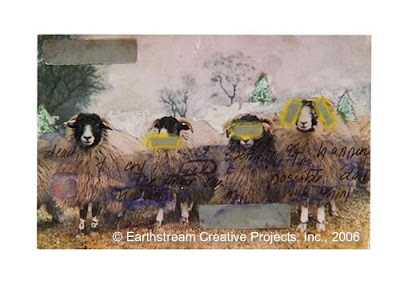http://www.spiritmorphstudio.com/bacchus2006.htm
Social Justice/ Environmental Issues Mixed Media
"For as long as I can remember I've seen, felt, and otherwise known the world on a visceral and psycho-kinetic level, all sensations blending with one another. It's this transformative experience I'm expressing and commemorating in my work, which I hope to awaken for others in the sharing of my work."
Definitions:
Mixed Media: A technique involving the use of two or more artistic media, such as ink and pastel or painting and collage, that are combined.
Social Justice: preventing human rights abuses and ensuring adherence to the law.
Focus: Issues of minority groups, especially international justice, poverty, women's and children's issues. International justice particularly refers to war crimes and crimes against humanity.
Topics: Social, Cultural, Political, or Environmental.
Step One: I will provide you with a list of artists that incorporate social justice issues into their work.
Step Two: Research and focus on one artist whose work involves a social justice issue and complete the questions provided.












